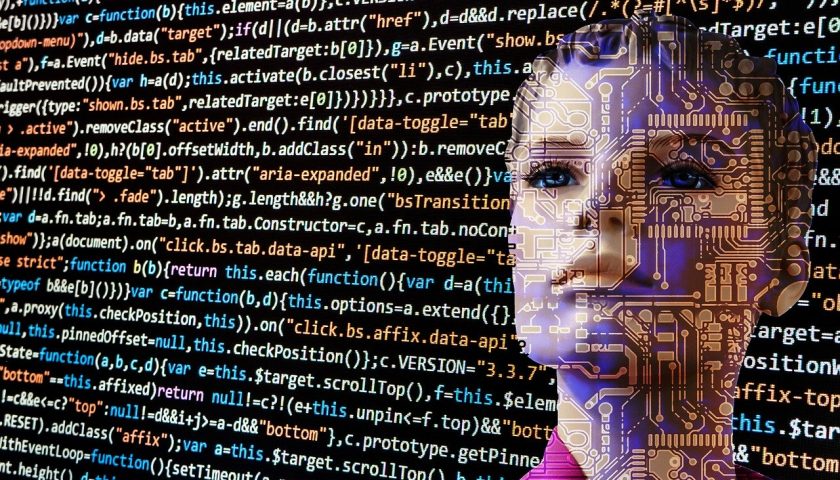
How do they stay at the top of their game as change leaders in the face of uncertainty? Part one of a two part series…
CIOs are unique in that no other role in the C-suite has been defined by as much rapid, continuous change and uncertainty.
In a blog by Chris Goodhue vice president of CIO strategy at IDC he notes that no other C-suite leader has been afforded the same “bird’s-eye view” of the enterprise and this rich and unique perspective is more applicable today than ever before.
However Goodhue notes the idea that CIOs have “seen it all” with respect to change and uncertainty may be both premature and hyperbolic.
“The world of enterprise technology moves exponentially, the possibilities are almost limitless, and complexity is on the rise. It’s almost like enterprise technology is governed by the laws of thermodynamics and the concept of entropy which can be thought of as the degree of order or disorder in a system (more on this later),” he writes.
According to Goodhue with “each successive wave of digital discovery”, there’s an atmosphere of “complexity, ambiguity, and opportunity”, that becomes more pronounced.
“At the risk of sounding pessimistic when much of the world experiences an easing of pandemic-related pressures, I’d venture to bet that the true test for CIOs and their change leadership acumen lies ahead,” he wrote.
Take the pandemic, Goodhue notes that leading up to the pandemic building out the capabilities to deliver the resiliency to survive such a crisis. However CIOs and their teams rose to the occasion and delivered leadership and results that can only be “characterised as heroic”.
“The unlucky truth for the heroes is that a yeoman’s job done means a yeoman’s job ahead. The bar has been raised,” he wrote. “In the words of one CIO we spoke with recently, COVID has turned out to be a burning platform that’s made us move faster than we ever thought possible. We’ve had to deliver more, by necessity. We’ve made networks more resilient globally. We’ve strengthened our security posture. Technology is the glue and the critical enabler now.”
Goodhue notes that the current thinking of many CEOs and business leaders will be if IT can do what it did during a crippling pandemic; imagine what it can do in better times.
“In a recent discussion with more than a dozen C-level leaders on IDC’s Global Research Advisory Board, a poll revealed that a heavy majority believe we are poised for mediocre growth in the 1-3 per cent range globally and that growth will be uneven,” he wrote. “Add to this stock market volatility and geopolitical concerns and you have another recipe for fear, uncertainty, and doubt.”
CIOs are bound to face increasing pressure from business peers either to leverage digital technologies to capitalize on demand in a post-pandemic boom or use them to drive greater efficiencies in the face of economic fragility, wrote Goodhue.
“Moreover, the supply chain disruptions that occurred early in the pandemic have given way to what appears to be a more enduring set of supply and demand challenges,” he wrote. “Major shortages of chips and technology for the automotive market, rising costs for shipping and raw materials, skyrocketing costs for packaging, and significantly altered import/export dynamics are becoming the new norm.”
According to Goodhue enterprise leaders are likely to look to the CIO for help improving supply chain visibility, monitoring, automation, and ecosystem participation and innovation. The next frontier for CIOs is likely to include a considerably deeper dive into industry-specific solutions that promise greater enterprise resiliency and differentiation.




